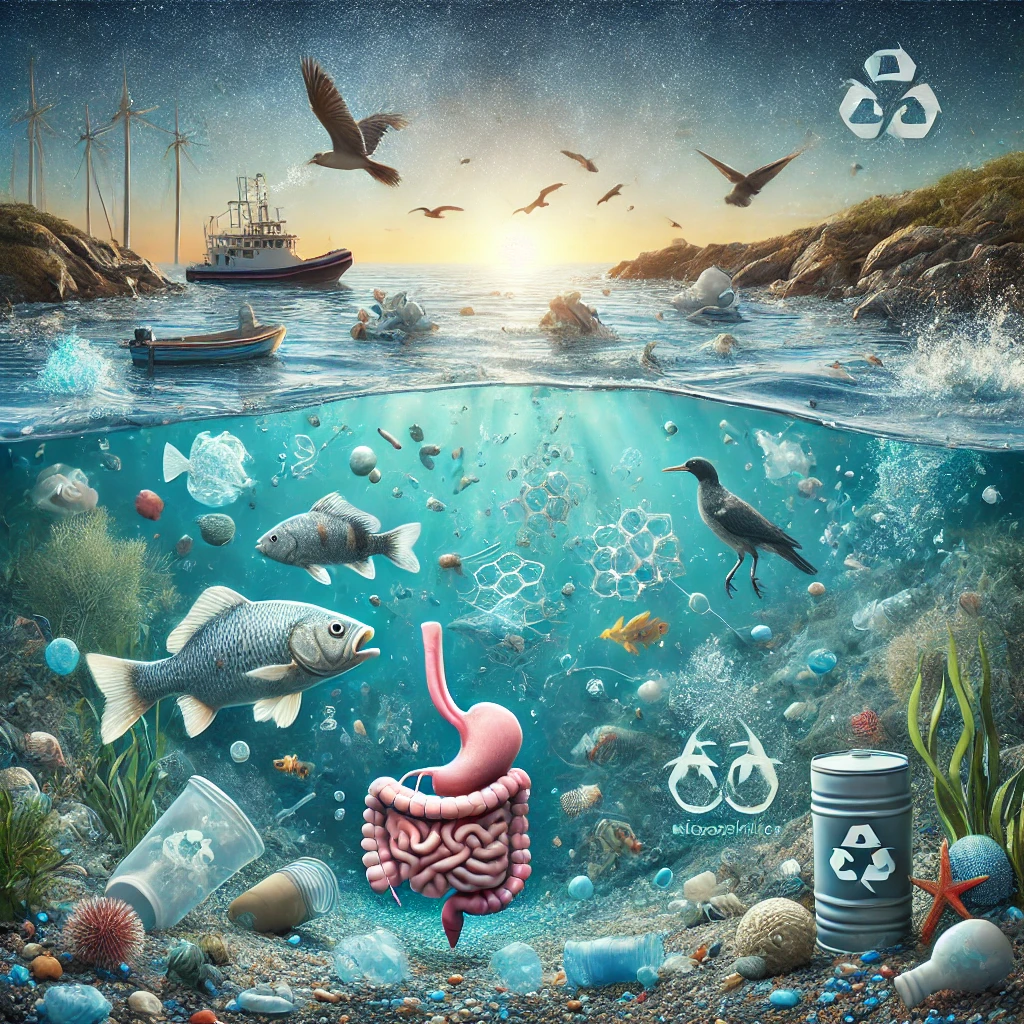How harmful are microplastics to humans?
Article Source: PeerJ Article

Why you should care
Microplastics are small but mighty in their impact. These tiny plastic fragments end up in oceans, rivers, and even our bodies, and they could be affecting human health and ecosystems. With plastic pollution growing globally, understanding the true effects of microplastics is essential.
Answering the question… How harmful are microplastics to humans?
Microplastics, which come from larger plastic debris breaking down, are now found in our food, water, and air. Scientists are looking closely at how these small particles could damage both the environment and human health, particularly focusing on their interaction with marine life and potential risks to humans.
How was the study done?
Researchers gathered environmental samples from water bodies, air, and human tissues. Using state-of-the-art technology, they measured microplastic concentrations and analyzed the impact of microplastics in lab experiments on animals and human cells. These methods revealed how deeply microplastics have penetrated various ecosystems and how they interact with living organisms.
What was discovered?
- Widespread Pollution: Microplastics are virtually everywhere, from oceans and rivers to the air we breathe. Research found microplastic concentrations exceeding 1 million particles per square kilometer in some ocean areas.
- Human Exposure: It’s estimated that the average person could ingest about 50,000 microplastic particles per year through food and water. Recent studies also estimate that humans could inhale about 75,000 particles annually.
- Health Impact: Laboratory studies revealed that microplastics can cause cell death, immune responses, and inflammation. In marine life, exposure to these particles results in stunted growth, organ damage, and reduced reproductive success. One study observed a 50% reduction in fertility in fish exposed to microplastics.
- Environmental Effects: Microplastics were shown to persist in water systems for years, contributing to long-term environmental pollution. They also bioaccumulate in the food chain, affecting larger animals and possibly humans at higher trophic levels.
- Emerging Research: The potential link between microplastics and human disease is still under investigation, but some findings suggest that microplastics may accumulate in organs, especially the lungs and liver.
Why does it matter?
Microplastics have far-reaching effects, from disrupting marine ecosystems to potentially posing health risks for humans. As research continues, there’s a growing urgency to reduce plastic pollution and limit microplastic exposure in everyday life. Understanding these impacts is critical for shaping policies and reducing plastic waste in the future.
Read more about the findings here.
